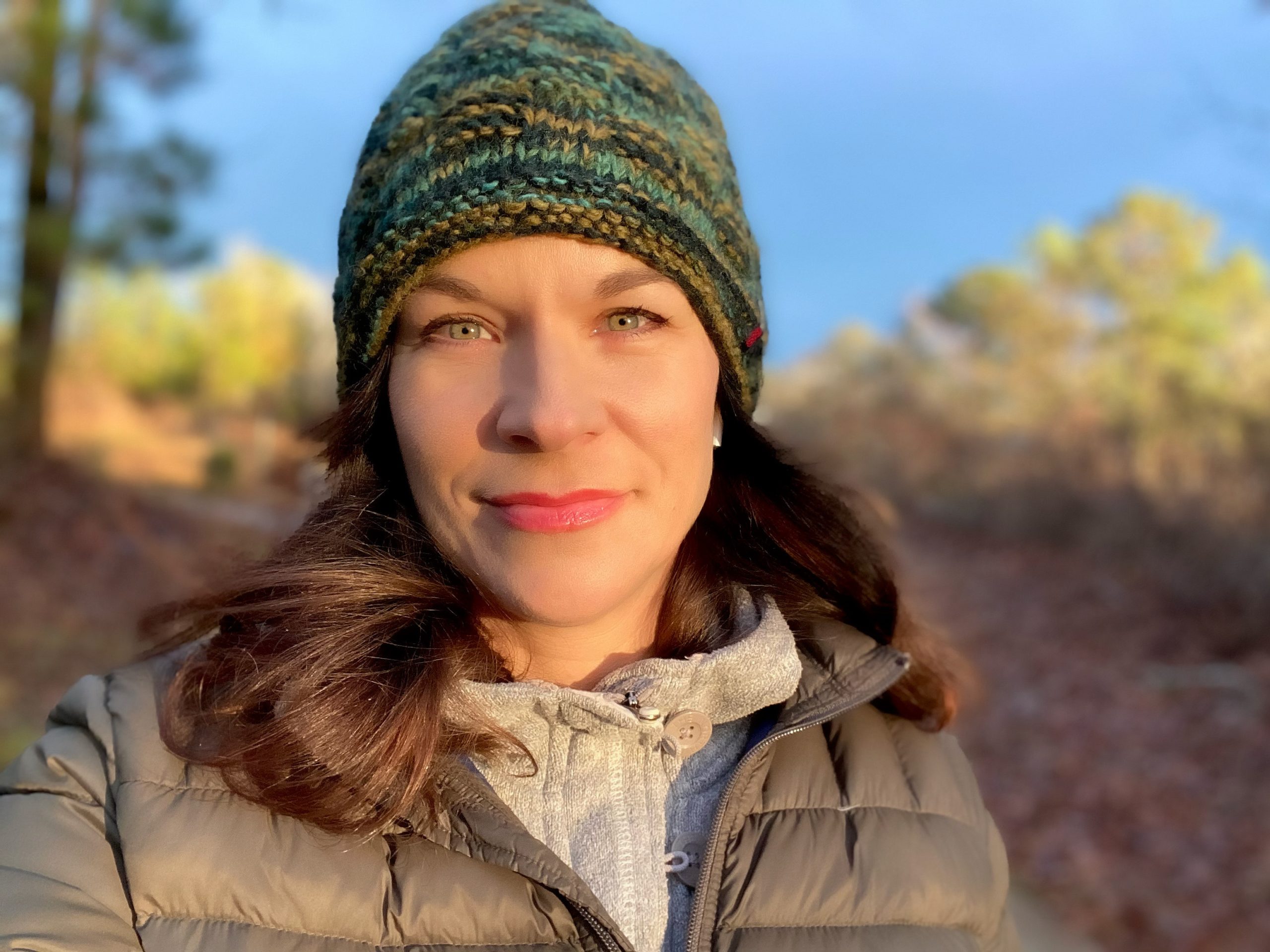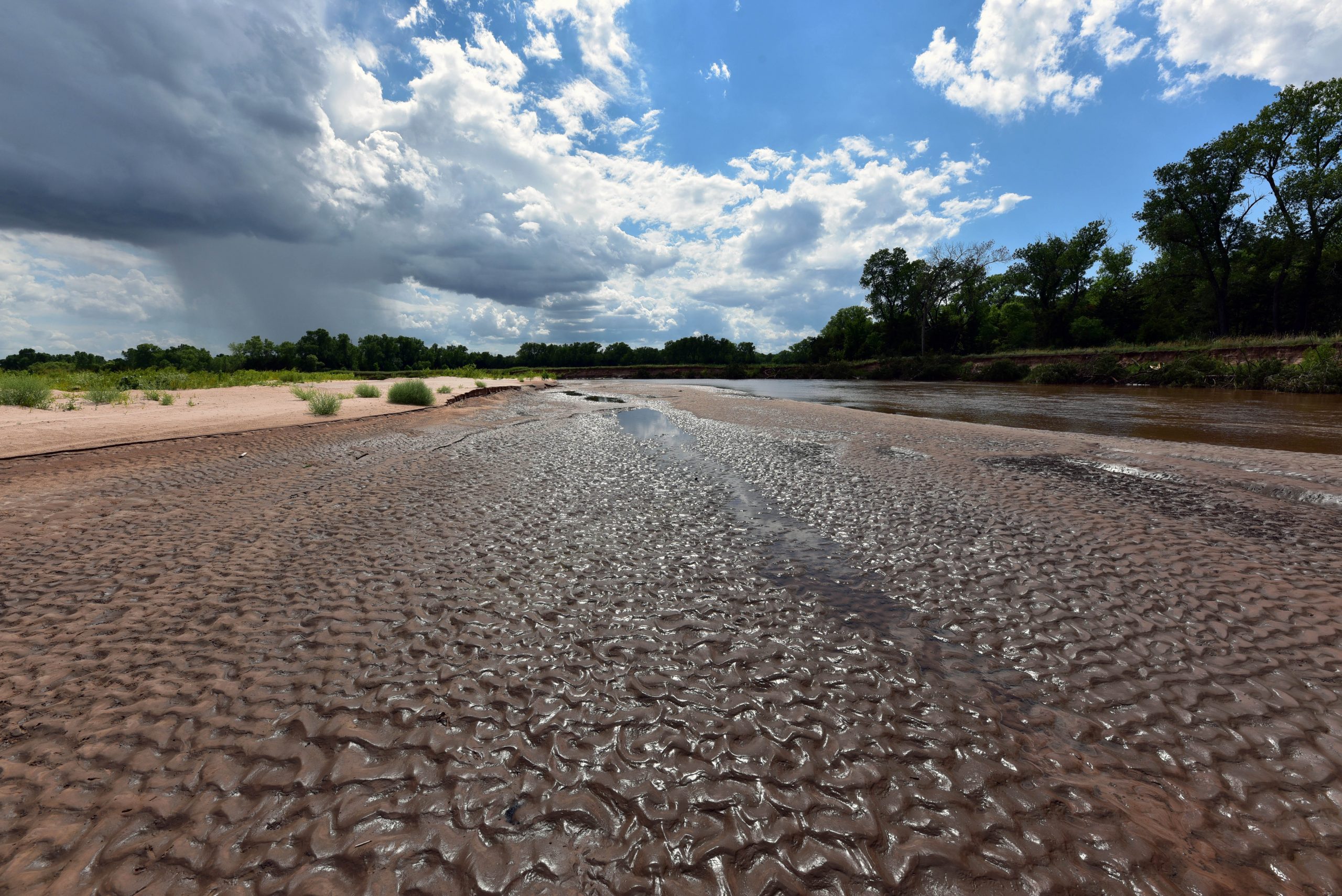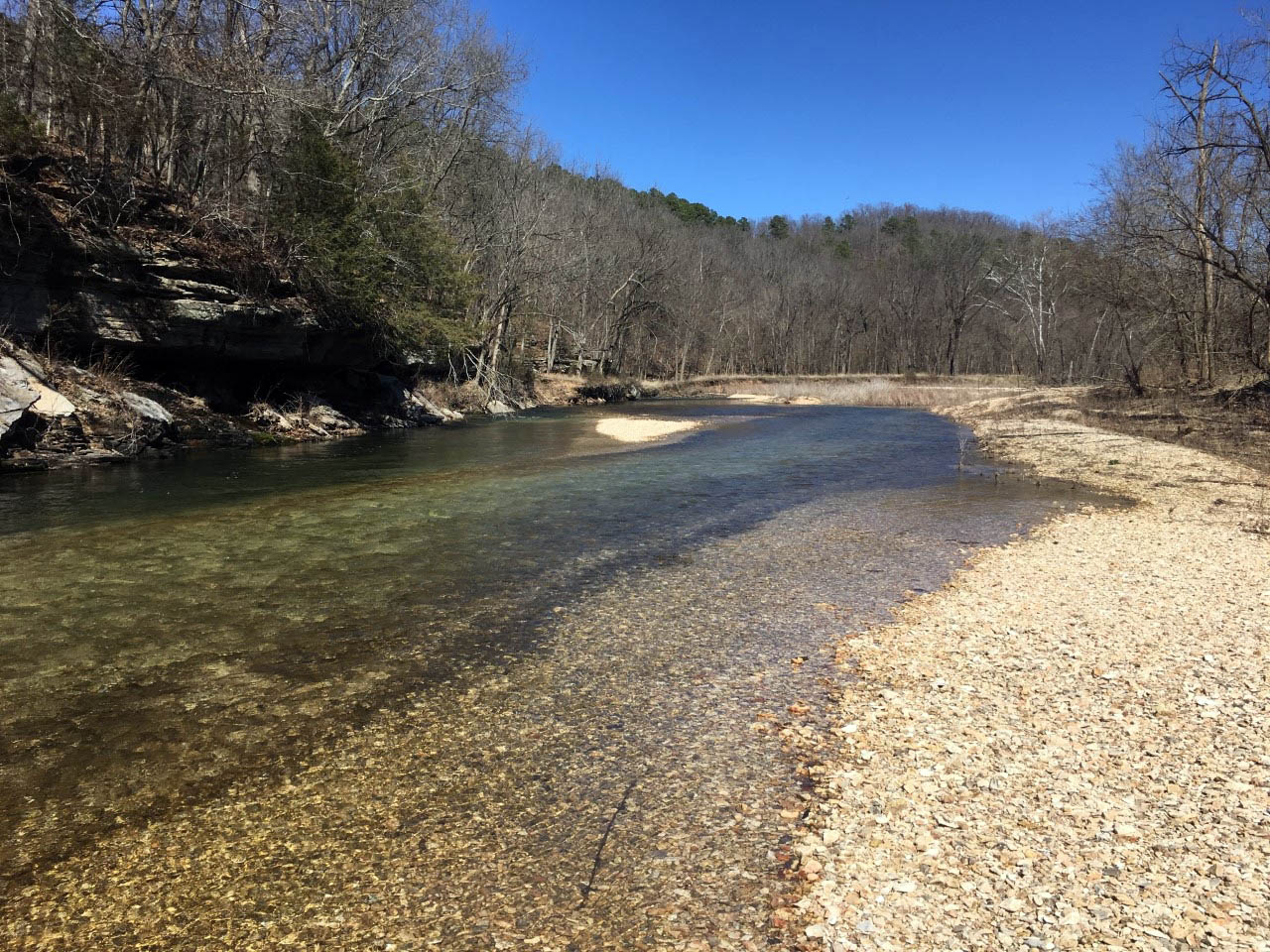
Meet Dr. Shannon Brewer
WE SAT DOWN WITH AU’S DR. SHANNON BREWER, UNIT LEADER AT THE ALABAMA COOPERATIVE FISH AND WILDLIFE RESEARCH UNIT.
Tell us about your background and current position.
After completing my Ph.D. work at the University of Missouri with the Missouri Cooperative Fish and Wildlife Research Unit, I worked for a few years for the U.S. Fish and Wildlife Service. My primary responsibilities were oversight of monitoring juvenile Chinook salmon in California’s San Francisco Bay-Delta. I also assisted efforts to improve conditions for Delta Smelt and was responsible for developing study plans for the implementation of the San Joaquin Restoration. In 2010, I transitioned to the Oklahoma Cooperative Fish and Wildlife Research Unit as the Assistant Unit Leader where I led research efforts focused on the ecology of stream systems in the Great Plains and Upland regions. I spent the next 10 years working with graduate students on a variety of projects, many focused on understanding how aquatic organisms cope with landscape disturbances including increasing water demands. In May 2020, I became the Unit Leader at the Alabama Cooperative Fish and Wildlife Research Unit. I am responsible for the supervision and administration of the Unit at Auburn in addition to performing the essential functions of a faculty member in both the Schools of Fisheries, Aquaculture, and Aquatic Sciences and Forestry and Wildlife Sciences.

Research site in the arid southern Great Plains
Describe your current research activities.
I currently have six graduate students. Three of these students are finishing work that we began at OSU: improving our understanding of Striped Bass ecology in landlocked populations, determining the distribution and reproduction of Prairie Chub, and examining sucker habitat use and movement and the implications of gigging. I have three students at Auburn focused on work in the Great Plains and Ozark Highlands. I am working with one student to examine interactions between native and non-native crayfishes of the Ozark Highlands ecoregion. I am working with the other two students and my research associate and technicians to determine the patterns of invasive carp expansion and reproduction in the southern Great Plains of Texas, Oklahoma, and Arkansas. I am looking forward to developing collaborations with agencies in the Southeast U.S. to provide information to inform conservation and management strategies. I plan to focus my upcoming research activities on understanding the distribution and abundance of native and invasive species and continuing to focus on interactions between aquatic organisms and landscape stressors.

Brewer tagging Rainbow Trout with former MS student, Skylar Wolf.
In your career, what is the best advice you’ve been given?
I can’t help myself- “Listen more, talk less”…No one ever learned anything while talking.

Brewer tagging a Smallmouth Bass.
What are two journal articles you think everyone should read and why?
The two journal articles that I feel everyone should read are Wiens (1989) and Stevenson (1997). A theme I have carried through my research program relates to our understanding of the patterns revealed through our examination of different spatial and temporal scales. Our understanding of both terrestrial and aquatic ecology rests on the very notion of scale; yet, there is often a mismatch between our observation scale and the scale of the research question being asked (despite the focus on scale that began many years ago). This carries over to how we inform management and the likelihood of management success. Wiens’ paper is broadly applicable to all subdisciplines within ecology and overviews the importance of observations and the scale of examination. The paper by Stevenson, alternatively, is focused on scaling in aquatic ecology. Ignoring the focus on algae (not the important reason to read in my mind), the emphasis of this paper is the hierarchical framework where coarse-scale landscape factors (e.g., climate) constrain the expression of factors that may otherwise be important to organisms. Placing both terrestrial and aquatic research in a framework that acknowledges scale both facilitates our resulting analyses (where many ecologists struggle) and understanding our results and how they apply to conservation and management.
Wiens, JA. 1989. Spatial Scaling in Ecology. Functional Ecology: 3(4), 385-397.
Stevenson, J. 1997. Scale-dependent determinants and consequences of benthic algal heterogeneity. Journal of the North American Benthological Society (now Freshwater Science): 16(1), 248-262.

One of Brewer’s Ozark Highlands stream sites.
